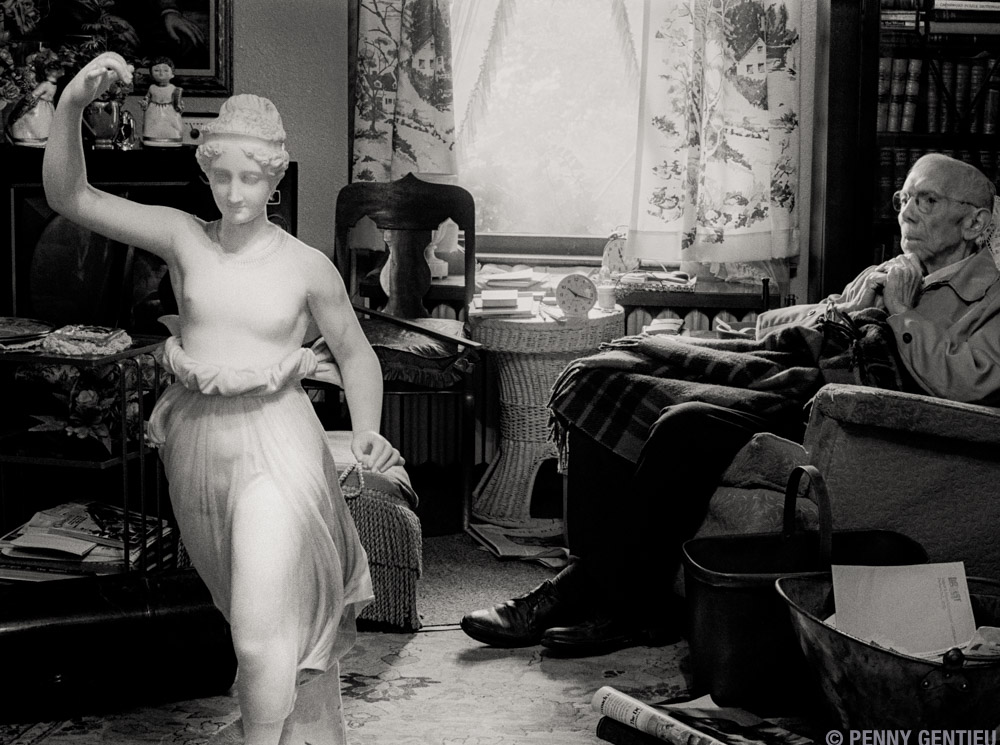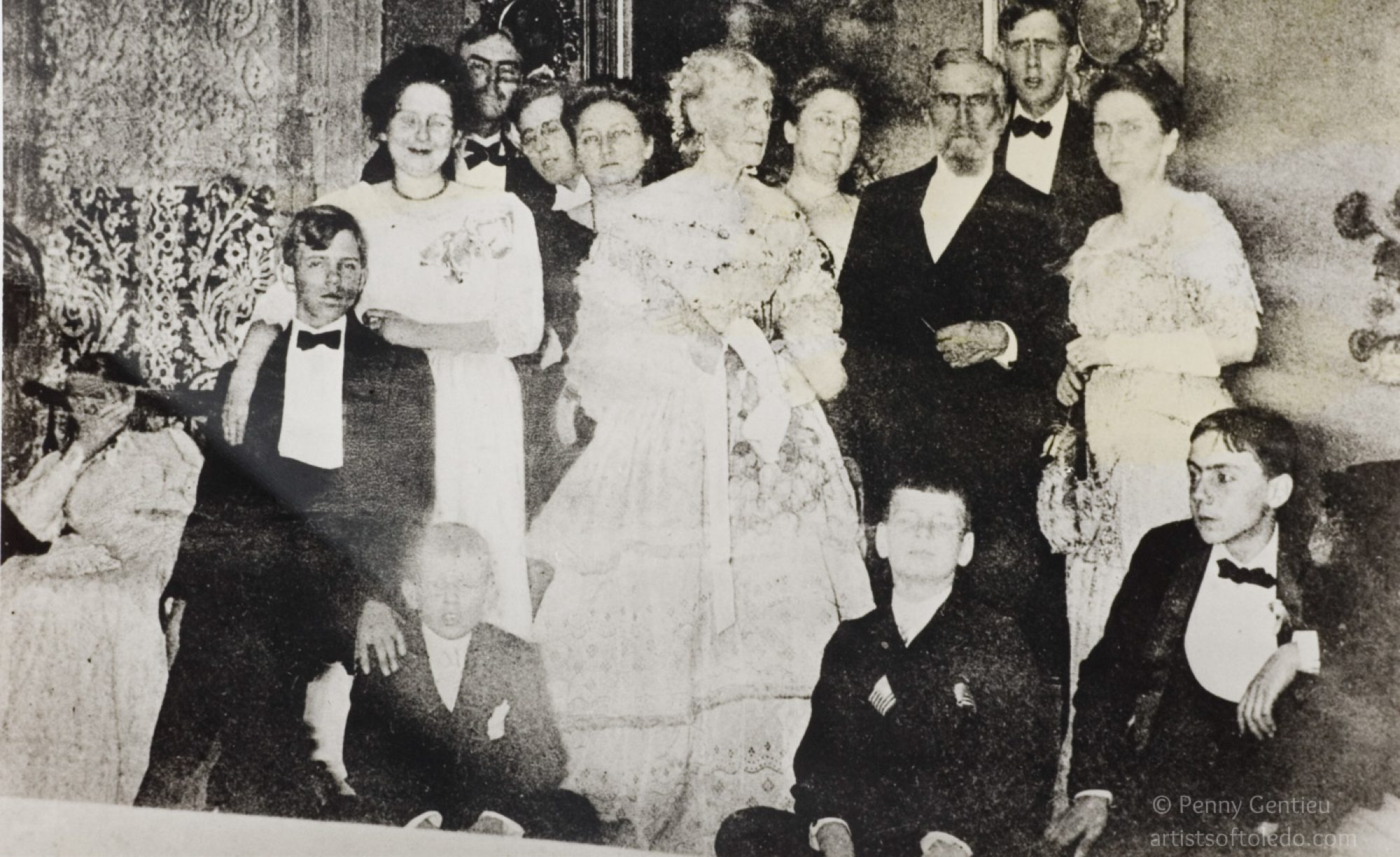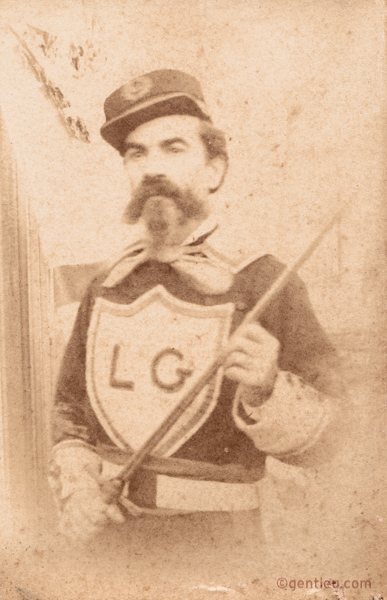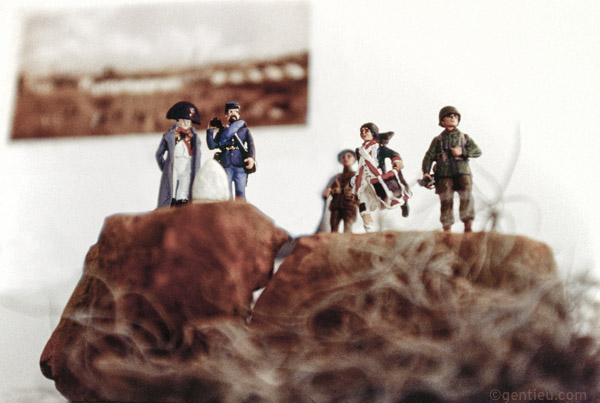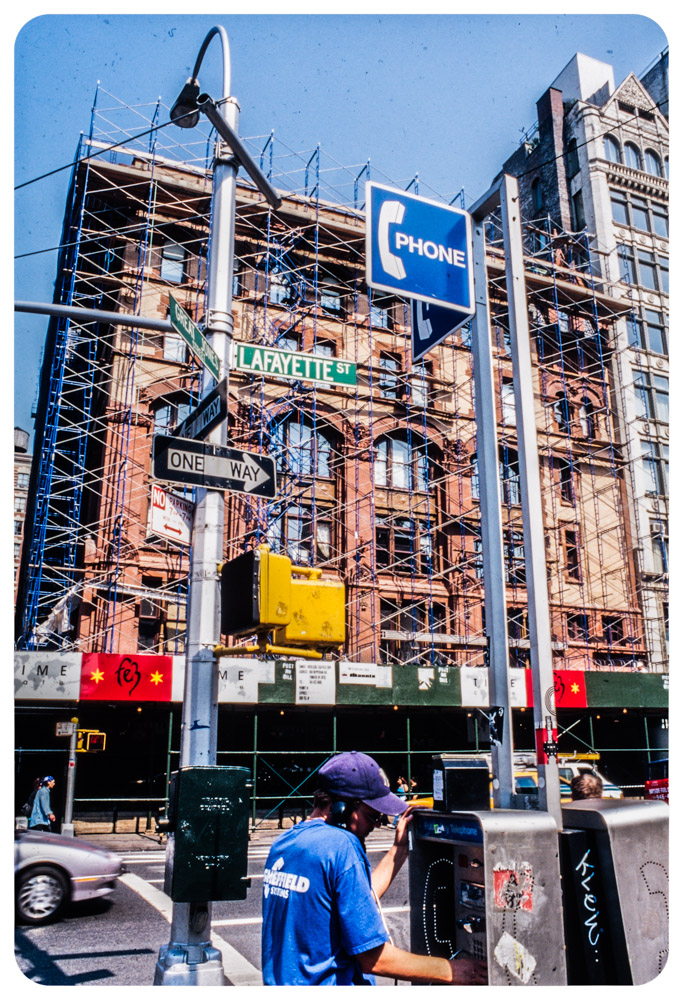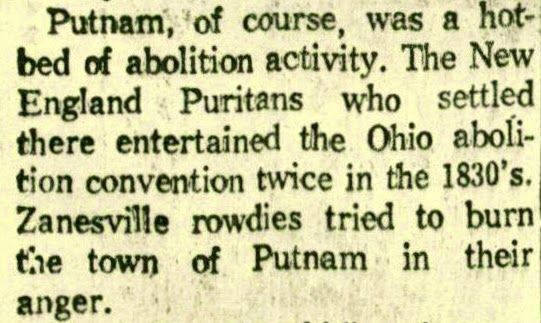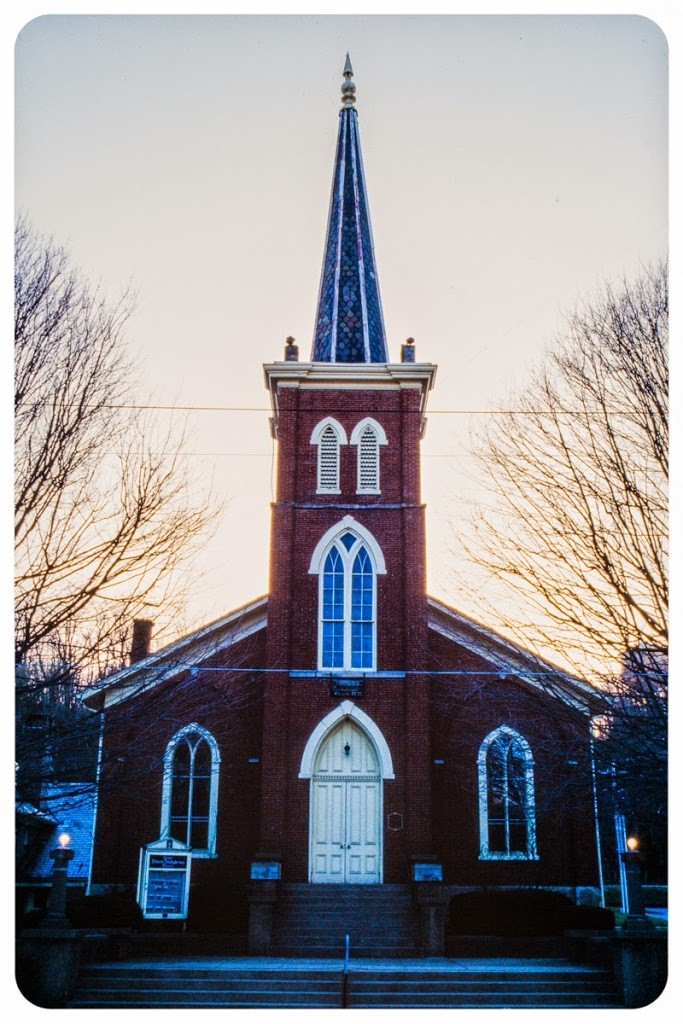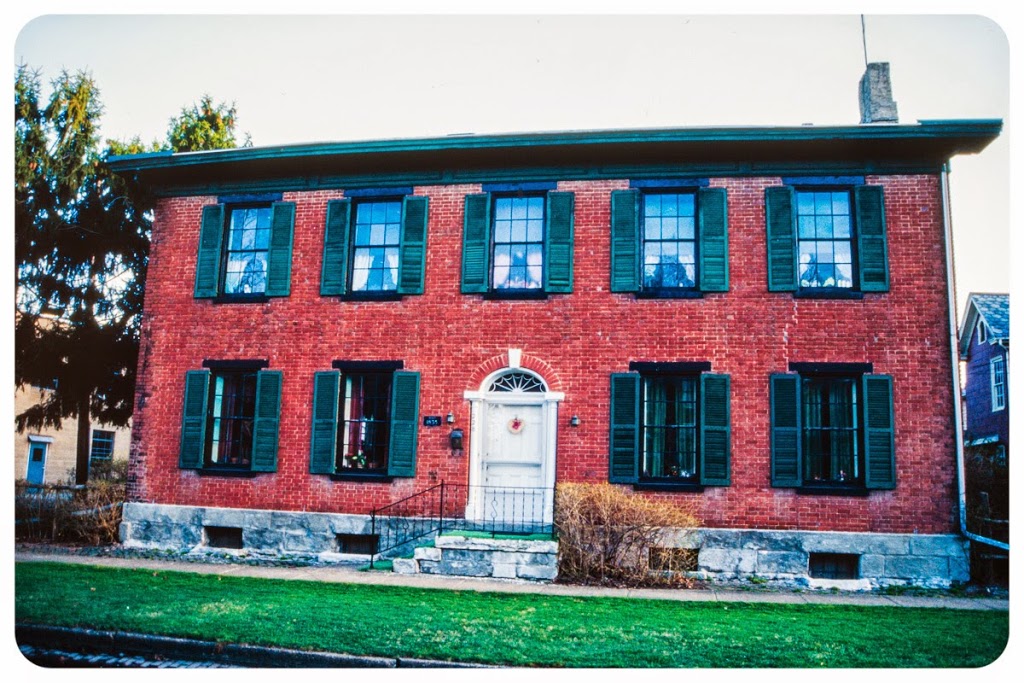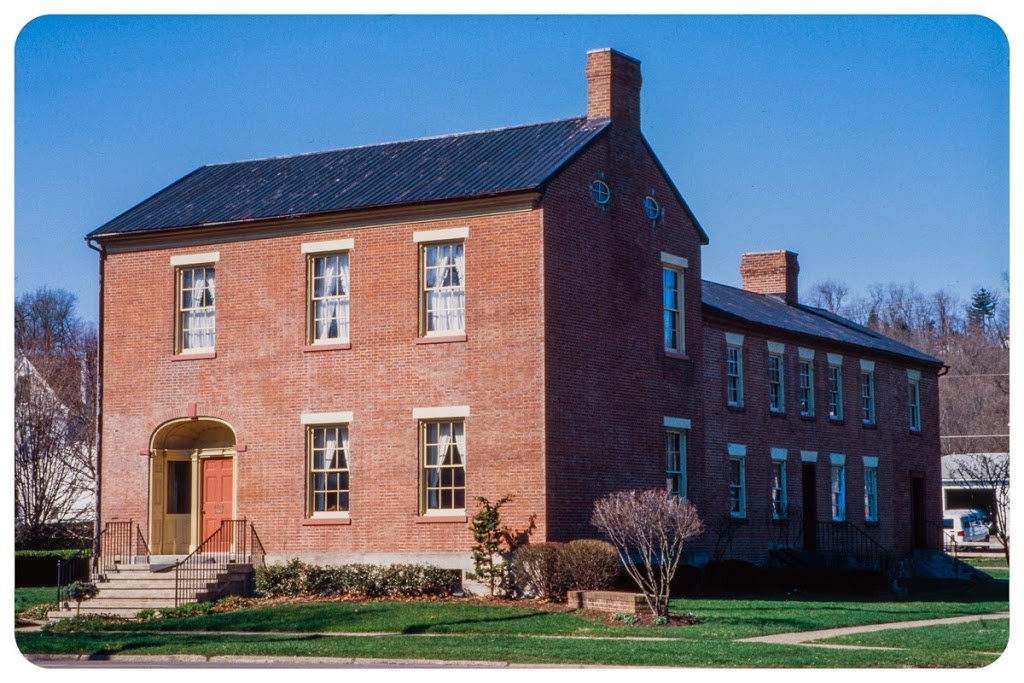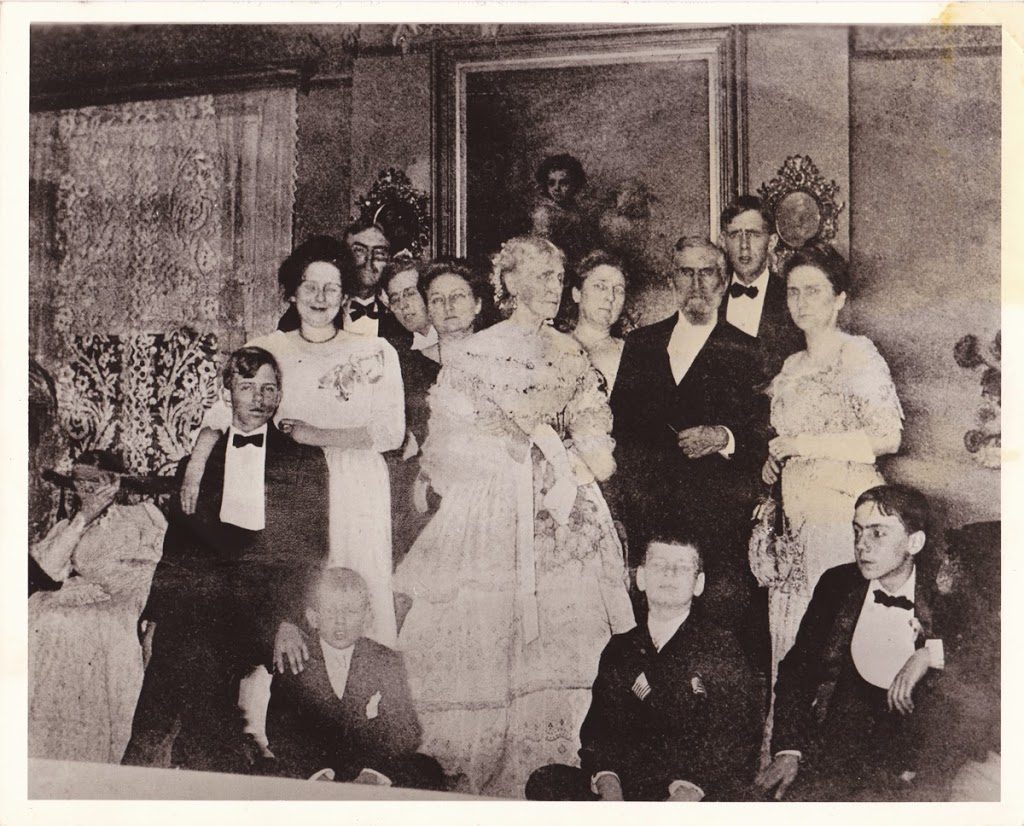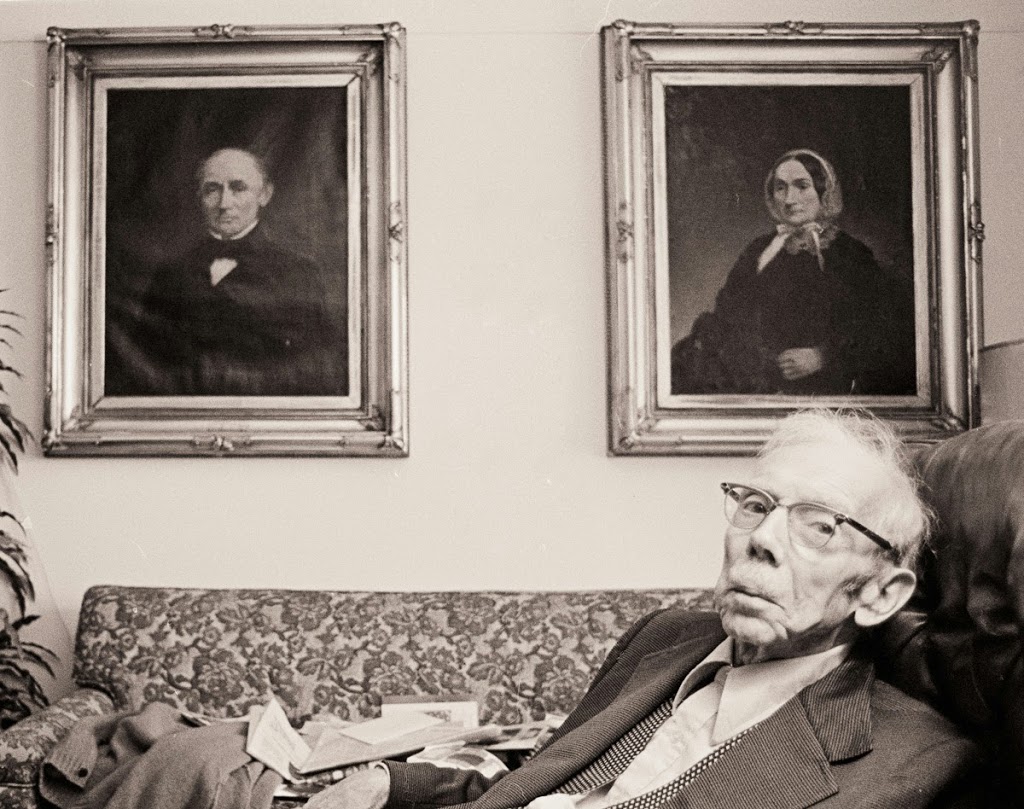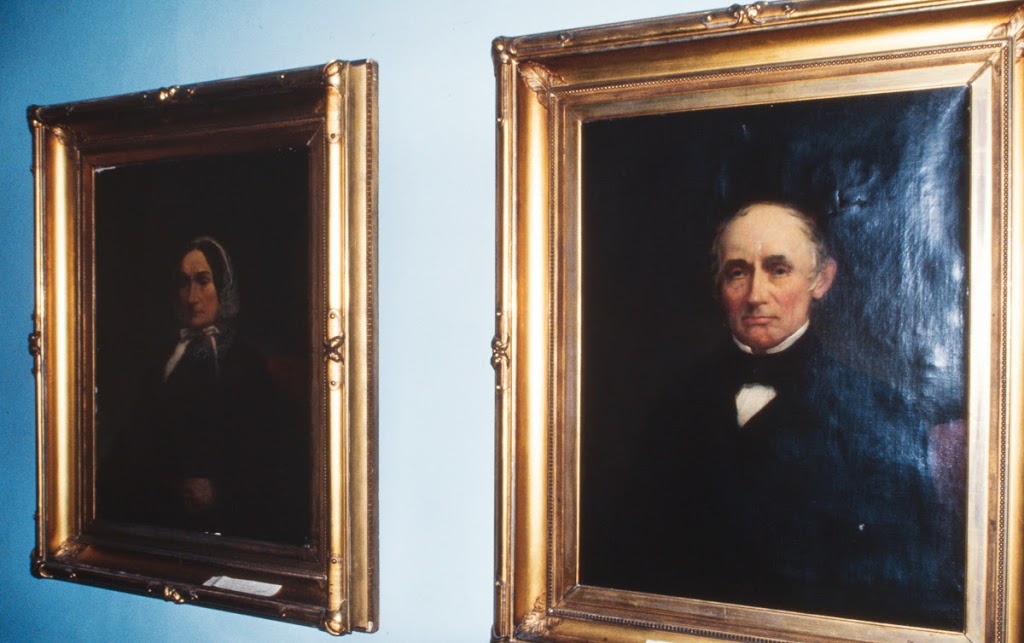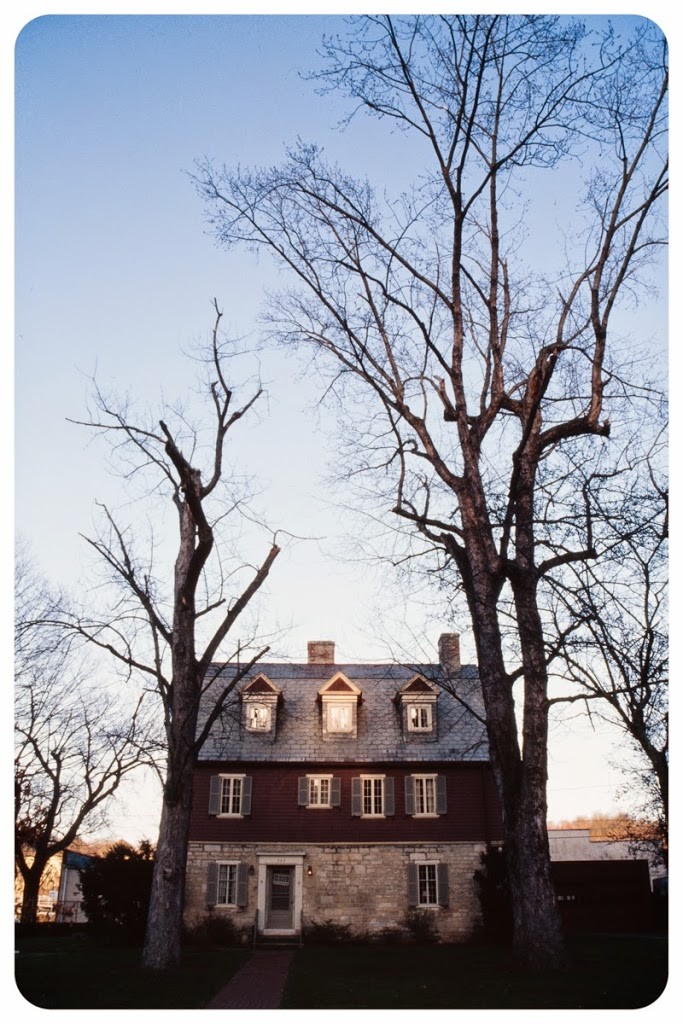
My immigrant ancestor David Henry Mortley was born in Kent County, England in 1820. Not much is known about his parents – his father died when he was 7, his mother died when he was 10.
Orphaned so young, he came alone to America, at age 16, not knowing one person on the ship headed to New York City. He traveled to Coshocton County, Ohio, where he apprenticed with his brother, Ford, in the carpenter and joining trade.
He was a craftsman, a trait which perhaps contributed to his exquisite handwriting. When he was 30, he worked as a secretary on the 1950 Ohio constitutional convention, and it was with his hand that the parchment document of the new Ohio constitution was written. They paid him in today’s dollars $2,144 extra to do that. (“His chirograph being perfect, he wrote the great document on parchment.”)
In 1844 he married Eliza Jane Sherwood, daughter of William Sherwood from Malta, and had three daughters and one son.
He was the quartermaster for the 122nd Ohio Volunteer Infantry until he fell ill in December 1863.
After the Civil War, he was elected twice the Clerk of Courts in Morgan County.
In 1873, he went into the grocery business in Zanesville, Ohio with his son-in-law John W. Pinkerton, who is my great great grandfather.
In the summer of 1887 he was nominated for Senator by district convention composed of delegates from Tuscarawas, Coshocton, Guernsey, Monroe and nine townships of Noble. As the oldest man in the Senate, he presided over the 68th General Assembly.
He was a Justice of the Peace in Coshocton for many years. He died in McConnelsville and was buried in Woodlawn Cemetery, in Zanesville.
My grandfather was named after David Mortley and his wife, a Sherwood – my grandfather’s name being Sherwood Mortley Pinkerton, of Westmoreland, in Toledo, the third-generation president of the Pinkerton Tobacco Company, that emanated from the Pinkerton and Mortley grocery business in Zanesville, that was helped along in its infancy by David Henry Mortley.
